Cecilia Vicuña is a Chilean activist, poet and multidisciplinary artist, whose anticipatory practice includes textiles, painting, performance, film, song and ephemeral site-specific installations. Vicuña’s multidimensional works begin with the literary genre of poetry, later visually morphing into assemblages of artistic composition.
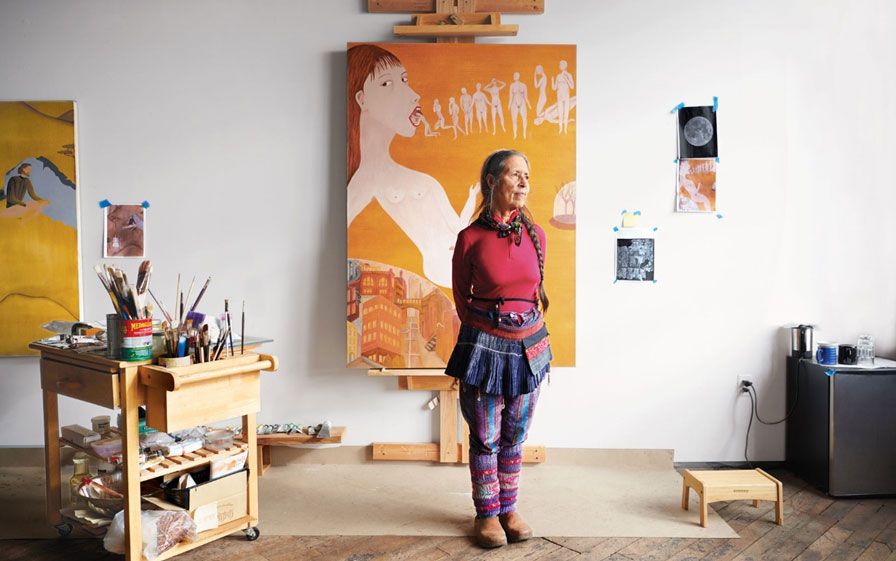
Vicuña incorporates themes of memory, language as vibrant matter, science and Indigenous knowledge and spirituality, to address dire concerns of modernity, such as human rights abuses, imminent ecological ruination and the increasing homogenization of culture owed to cultural globalization.
Vicuña’s work serves as a remedial act that facilitates the bridging of schisms between reality and the arts, the ancestral and detached futurities, the orthodox and the avant-garde.
“My work dwells in the not yet, the future potential of the unformed, where sound, weaving, and language interact to create new meanings,” says Vicuña.
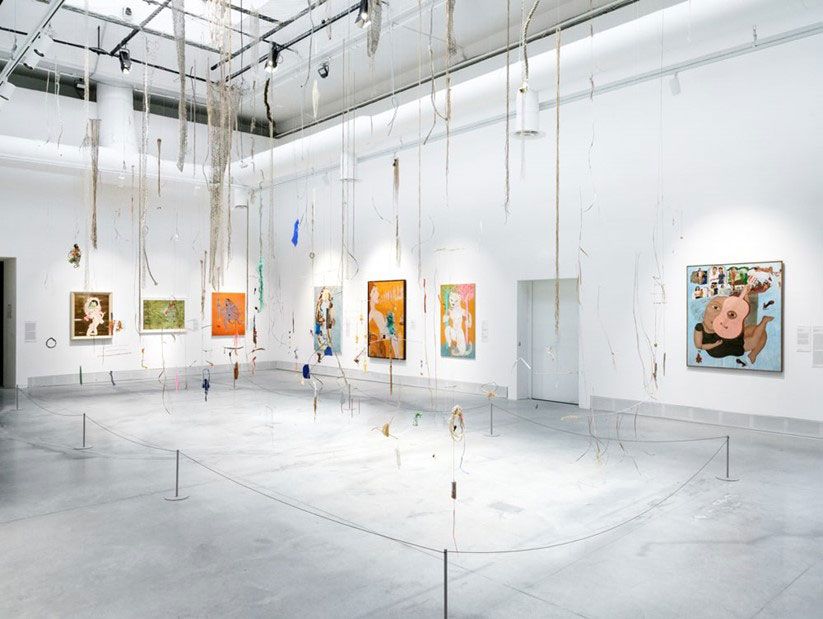
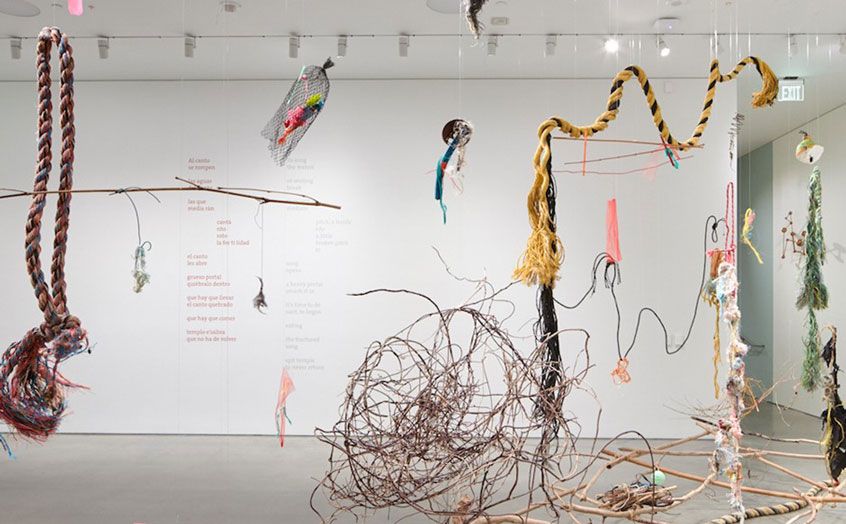
Vicuña self-exiled in London and later settled in New York in 1980 following the Chilean military coup of the socialist government of President Salvador Allende in 1973. The coup ushered in an eight term dictatorship led by Augusto Pinochet. Hence, much of Vicuña’s biography and her work engages with political activism and is closely intertwined with the complexities of cultural decay and displacement.
“Vicuña's work, at its very essence, is 'a way of remembering'—as if exile and recall joined to unravel an 'autobiography in debris' as one personal story within a larger narrative,” observes art historian Roberto Tejada.
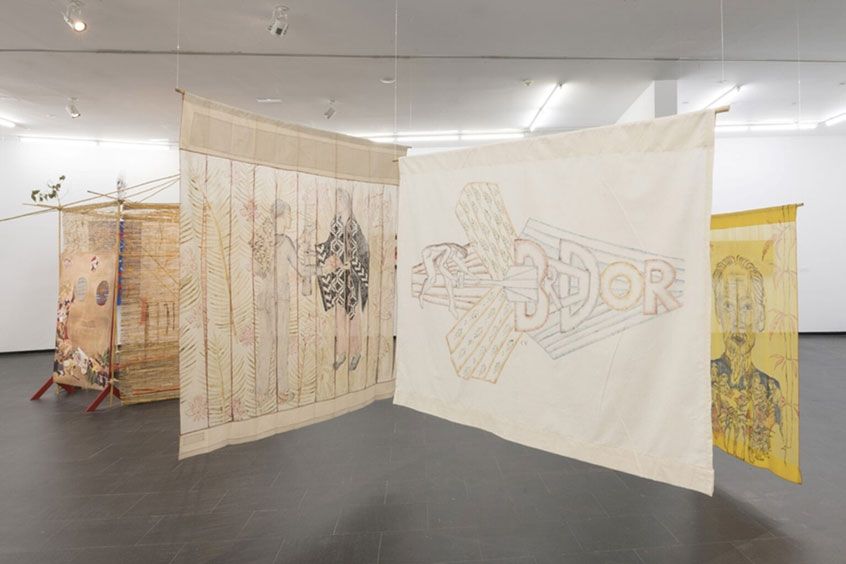
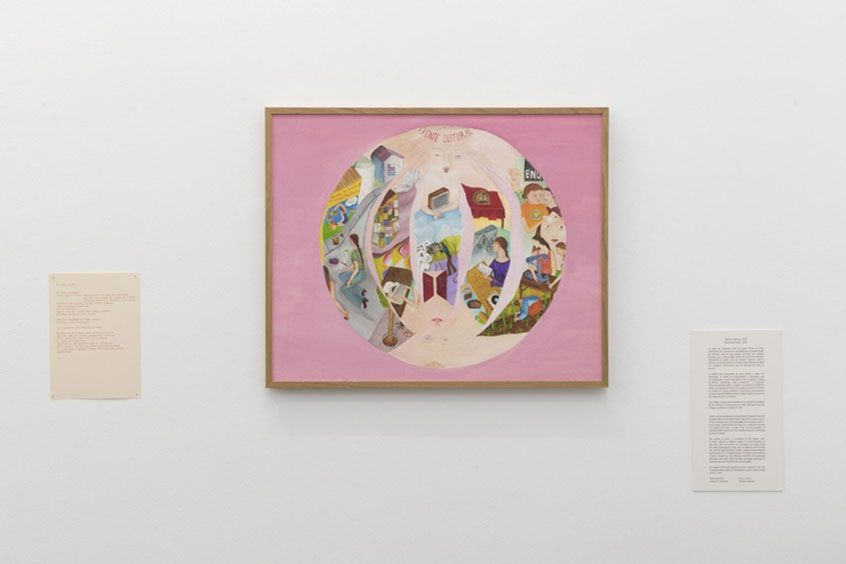
Vicuña is best known for her textile sculptures of dye and wool, called “quipus.” The word quipu translates to “knot” and the use of quipus dates back to an array of ancient Andean cultures, notably the Inca civilization. The quipus were made of knotted strings of various colors, meant to serve as an intricate writing system particularly used for storytelling and record-keeping.
Vicuña’s signature interpretation of quipus symbolizes a revival of a cultural practice rooted in womanhood and Indigenous heritage prohibited during the colonial era. “The defense of Indigenous knowledge was the force that activated the quipu, and it is the force that activates the quipu today. I see it as an act of interrupted continuity of the sense of seeing the world through the connection, where everything is related,” says Vicuña in an interview with Artishock.
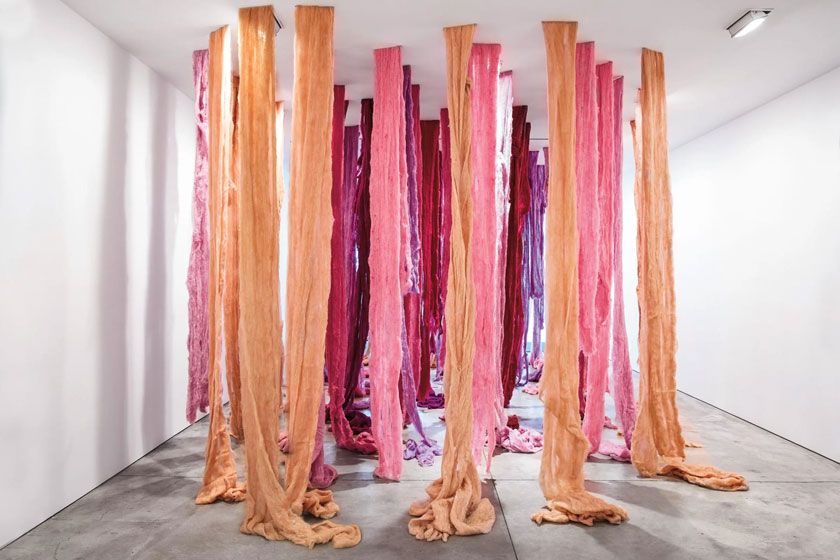
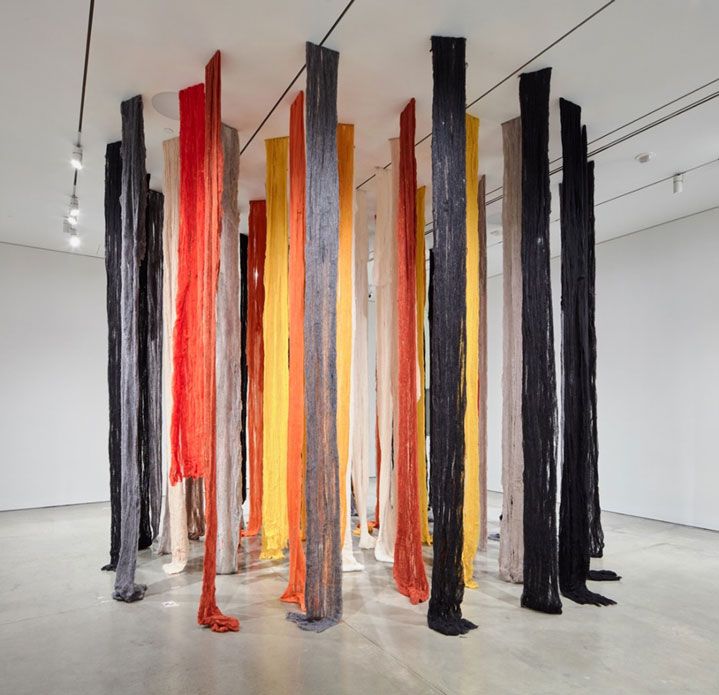
The works by Cecilia Vicuña spin threads of harmony and (re)connection between humans and the Earth, and are thus indicative of the United Nations Sustainable Development Goals of Reduced Inequalities, Climate Action and Peace, Justice and Strong Institutions.
Cecilia Vicuña creates cultural productions of activism, resistance and transnational solidarity. Vicuña reconfigures social consciousness through the substance of materiality and the message of paradox and precariousness, tethered to language and living beings. Through spaces of art and temporalities of verse, Vicuña inspires the radical returning to states of trust, collective action and liberation.
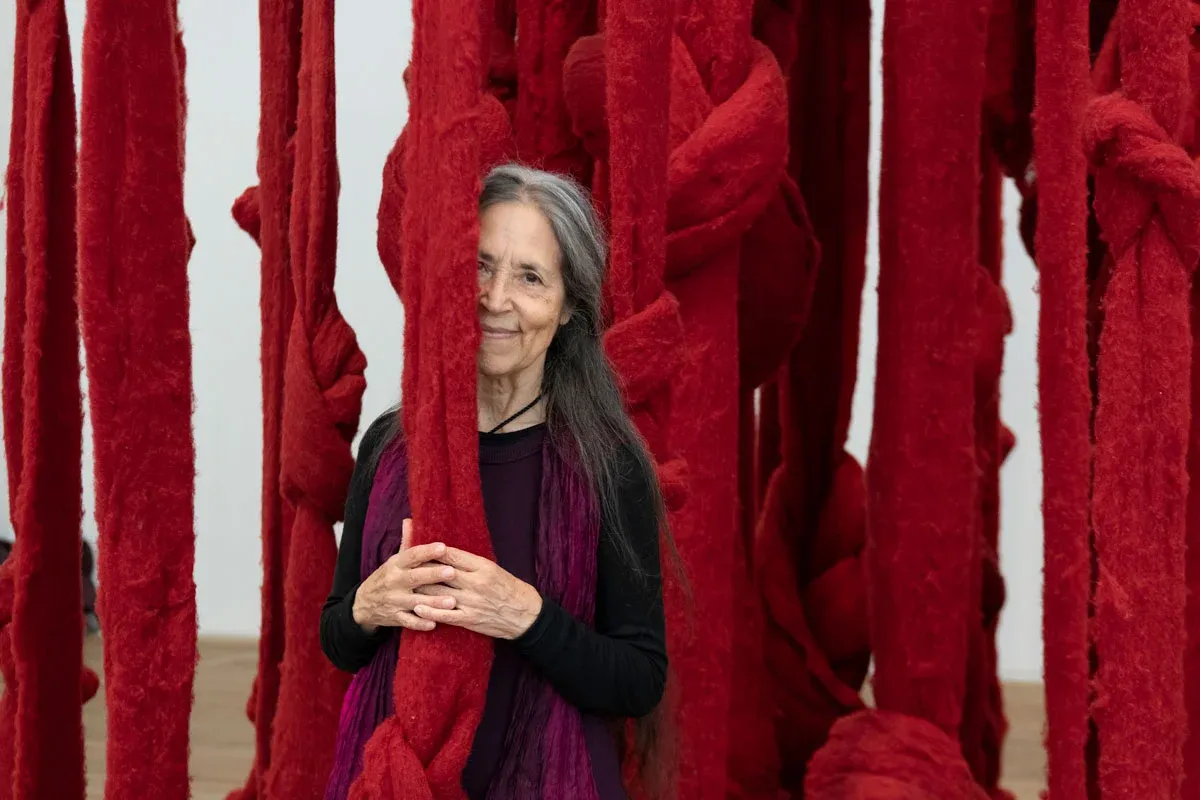
See more works by Cecilia Vicuña on her website.
